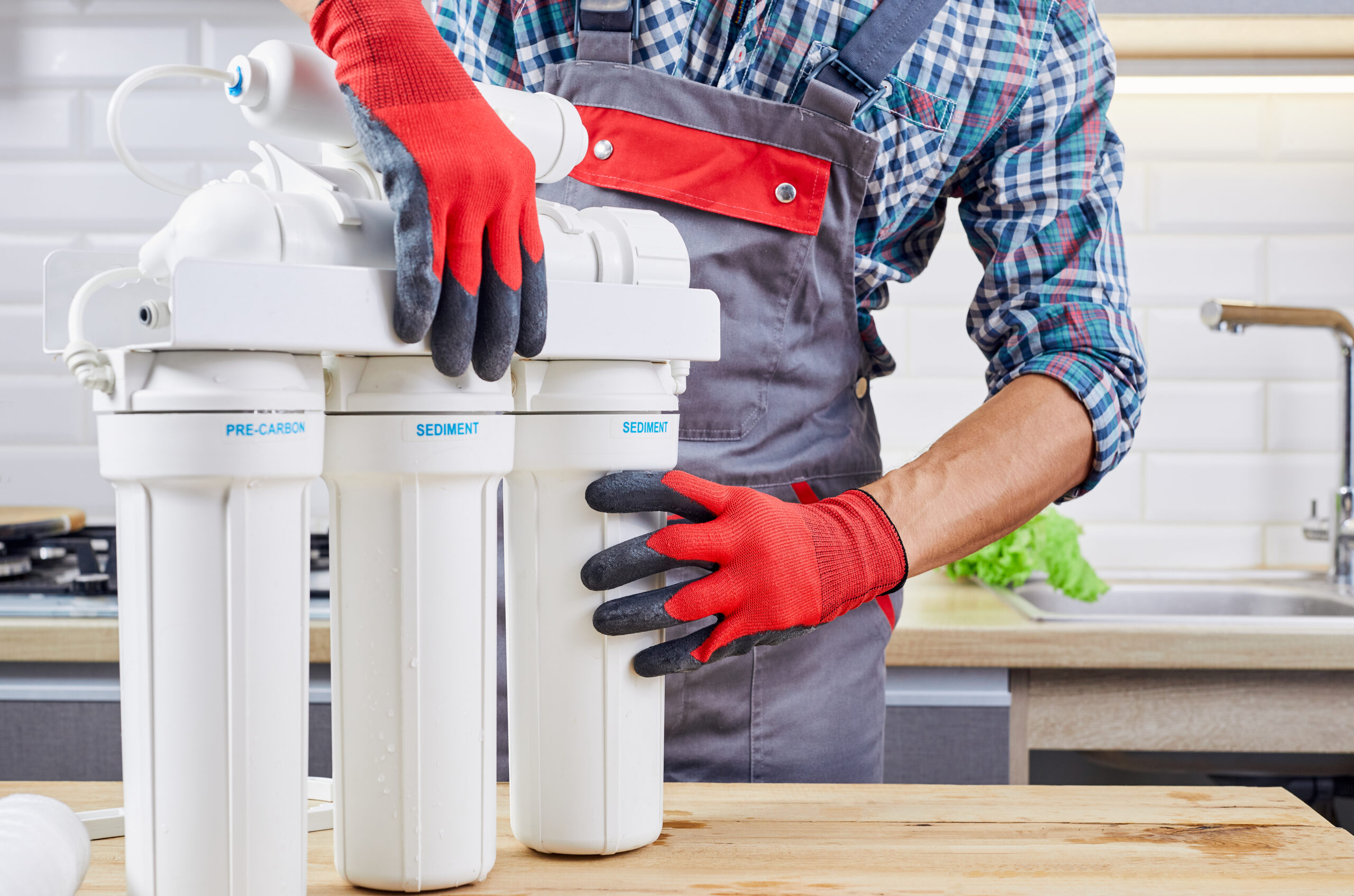How to Reduce Microplastics in Your Home

We encounter microplastics in nearly every corner of our environment, even inside our homes. Research on these microplastics is still in its infancy, but their ubiquity in our everyday life, combined with preliminary studies, have led to urgent calls for more research and regulation. From synthetic fibers in clothing to everyday household items, microplastics are becoming an increasing concern to health organizations and researchers worldwide. Thankfully, there are steps you can take to reduce their presence in your living space.
Here are some simple, effective ways to minimize microplastics in your home:
1. Switch to Natural Fibers
One of the biggest contributors to microplastics in our homes is synthetic fabrics. Materials like polyester, nylon, and acrylic shed tiny plastic fibers when washed. Opt for clothing and bedding made from natural fibers like cotton, linen, wool, or hemp, which are biodegradable.
2. Use a Microfiber Filter for Your Washing Machine
Washing synthetic fabrics releases a significant amount of microplastics into wastewater. Installing a microfiber filter in your washing machine can help trap these particles, preventing them from entering the environment and eventually making their way into your home.
3. Reduce the Use of Single-Use Plastics
Items such as plastic straws, bottles, and packaging contribute significantly to plastic waste and microplastics. Switch to reusable alternatives made from materials like stainless steel, glass, or bamboo.
4. Be Mindful of Cleaning Products
Some cleaning products, like scrubs and polishes, contain microbeads—small pieces of plastic used for exfoliating or scrubbing. Choose natural cleaning products with ingredients like baking soda, vinegar, or essential oils instead.
5. Filter Your Water
Plastic particles, including microplastics, have been found in tap water. Installing a high-quality water filter can help reduce the amount of microplastics you consume. Look for filters designed to capture smaller particles, ensuring cleaner water for you and your family.
6. Avoid Nonstick Cookware
Many nonstick pans contain chemicals that can break down over time and release microplastics into your food. Consider switching to alternatives like stainless steel, cast iron, or ceramic cookware for a safer, healthier kitchen.
7. Dispose of Plastics Responsibly
Ensure that any plastic items in your home are disposed of properly, recycling wherever possible. Avoid throwing plastics into the trash where they can break down into smaller particles and contribute to the microplastic problem.
8. Vacuum Regularly
Vacuuming frequently with a high-efficiency particulate air (HEPA) filter vacuum cleaner can help collect plastic particles and other contaminants from your home, keeping your living space cleaner and healthier
By making these changes in your daily routine, you can help reduce the presence of microplastics in your home and protect both your family’s health and the environment. If you’re considering any home maintenance or improvement projects, remember that home warranty services can help protect your investments and offer peace of mind. Keep an eye out for our next newsletter on ways to maintain a healthy home environment!




